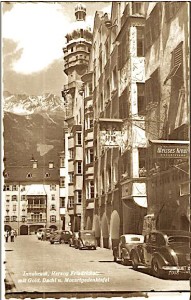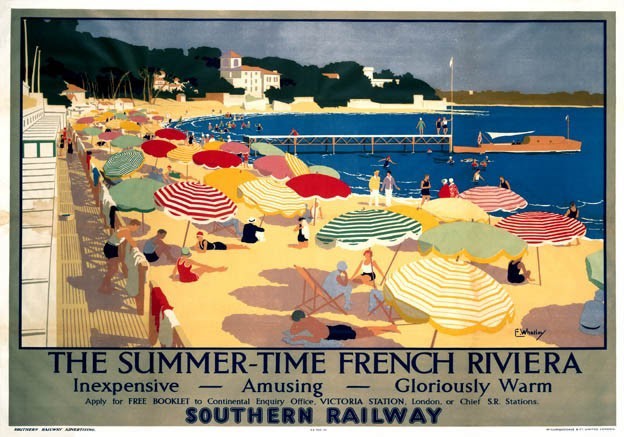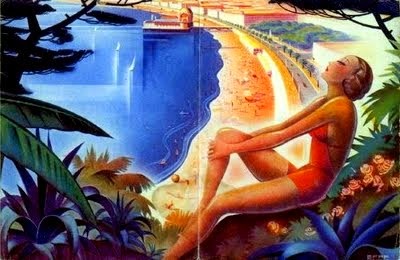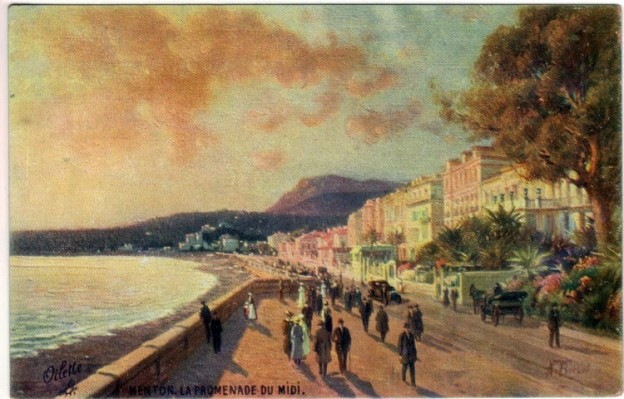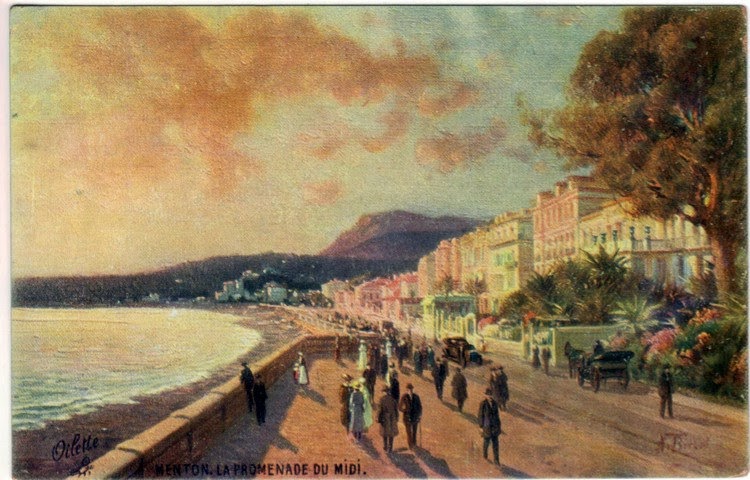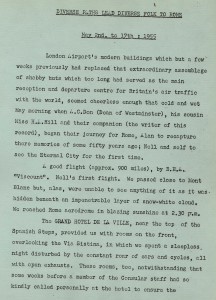 An unusual item found among the archives at Jot HQ the other day is an eighteen page Xeroxed typescript bound in cloth and illustrated with rather poor Xeroxes of various art works. Entitled Diverse paths lead diverse folk to Rome, it narrates a fortnight’s vacation in the Eternal City during May 1955. This particular copy was presented to the author’s travelling companion, the eighty year-old ‘Nell’ Hill.
An unusual item found among the archives at Jot HQ the other day is an eighteen page Xeroxed typescript bound in cloth and illustrated with rather poor Xeroxes of various art works. Entitled Diverse paths lead diverse folk to Rome, it narrates a fortnight’s vacation in the Eternal City during May 1955. This particular copy was presented to the author’s travelling companion, the eighty year-old ‘Nell’ Hill.
The author, who identifies himself at the end of the narrative, was M. T. Tudsbery (‘Tud’), formerly the BBC’s Civil Engineer, and the man who in 1932, with the architect George Val Meyer, was responsible for Broadcasting House, the iconic BBC HQ in Langham Place. The other companion on this trip was Alan Campbell Don (1885 – 1966), who was Dean of Westminster at the time. Nell was his cousin.
It goes without saying that for the Dean this was not his first visit to Rome. However, for Nell the occasion was a double first —it was her debut flight and her first trip to the Italian capital. Not so unusual for someone born in 1875. What is far more astonishing is the fact that this was also Tudsbery’s first visit. It would seem that this civil engineer, who must have studied the history of architecture, had never deemed it necessary to explore a city of such amazing and significant buildings –which included one structure, the Pantheon, which had been built by Hadrian himself, and had survived totally intact.
Tudsbery’s previous lack of exposure to the wonders of Rome may go some way to explaining his childlike enthusiasm for everything he encounters–from the Colosseum and the Pantheon to the paintings of Fra Angelico, Carravagio and Raphael. In contrast, as a civil engineer he was quick to notice all the inadequacies of the various ‘modern’ buildings in the city although he also admired scale of the main railway station. Tudsbery also had a good ear for the amusing anecdote. At the Colosseum he overheard an American tourist express amazement at the extent of the bomb damage inflicted by German aircraft on this ancient building! Continue reading

